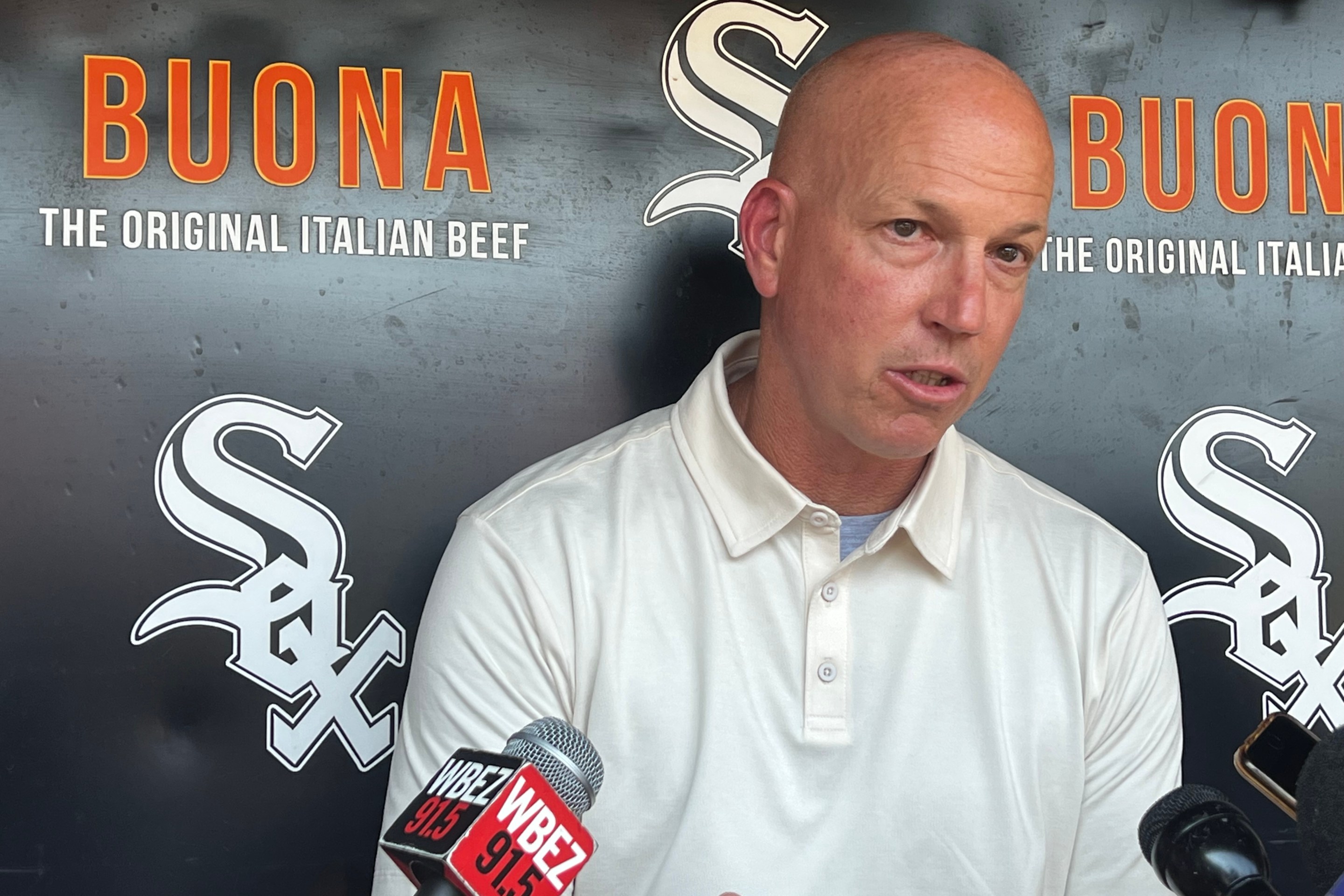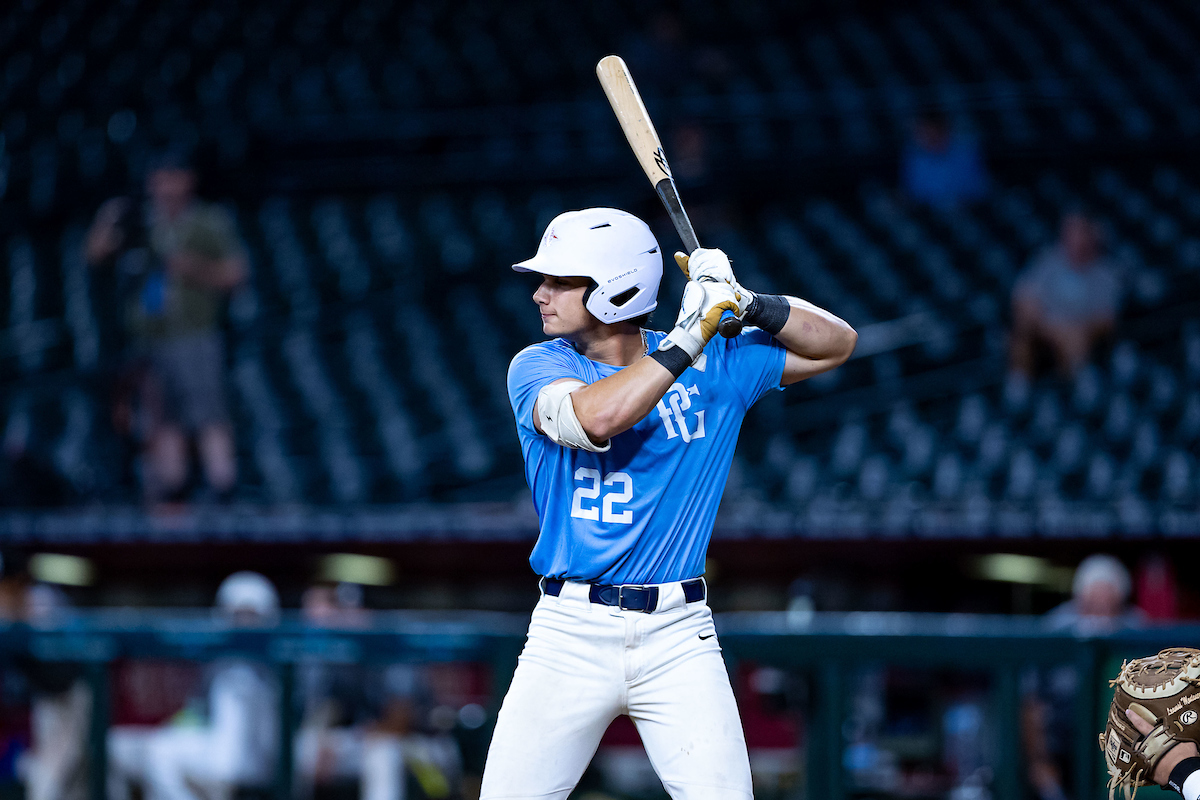First of all, a quick thanks to everybody who shared how you're doing. I imagine it'll be a weekly or fortnightly roundup, depending on how much answers can change.
The same can be applied to Major League Baseball's quest to figure out how to present something resembling a season to its business partners and the public. It's probably worth rounding up the latest on a weekly basis until we're on the other side of the curve, because everything is so theoretical at this point.
For instance, on the major league front, Ken Rosenthal and friends at The Athletic tried to work through the idea of playing all games in empty spring training facilities, but the brainstorming quickly hit snags.
The latter concern would be the most significant for baseball. To play under quarantine, the sport would need to protect the health not only of players and other club personnel, but also umpires and those producing the television broadcasts, plus hotel workers, bus drivers and anyone else involved with the players and games.
“Your margin of error is so small,” one baseball official said.
Yup. Moreover, it seems like the cost of mobilizing only to see it fall through in short order is far greater than the cost of never starting, so I imagine the league has to tread very carefully. It's worth assessing every option, as long as you don't pin hopes on any option.
Jeff Passan delved into how the Korean Baseball Organization was able to start playing televised intrasquad scrimmages, but he notes that it's a hard plan to copy. For one, the country was far more aggressive in public measures to slow the spread of the coronavirus. The other part is the willingness of the KBO to suspend its season again.
"If anybody, anybody -- if the No. 1 starting pitcher to the person cleaning, security, R&D -- anybody gets sick in that time, we postpone two weeks," [Dan] Straily told ESPN in an interview from Busan, South Korea, a city of 3.5 million where the Giants play. "We've got to make sure that no one else got sick."
Nevertheless, the KBO does provide a useful example in that, if that baseball league can't sustain play for any meaningful period of time, it doesn't seem likely that a league with three times as many teams and who knows how much more money involved will be able to keep it all together to cobble together a season.
In the meantime, Rosenthal went into detail about the way non-roster invitees in roster limbo are getting support after initially falling through the cracks of the MLB and minor-league payment plans.
There are 370 such players, and they'll receive cash advances on top of the $400 per week for minor leaguers. The program is voluntary, with the idea that an NRI with $200 million of career earnings like Felix Hernandez would leave his share for a player who has lived on the minimum.
* * * * * * * * *
There's more action under the surface, mostly because the draft will proceed in some form or another at some point over the summer. Baseball America reported that Major League Baseball is loosening some of the restrictions regarding the scouting of draft-eligible prospects.
In-person scouting is still prohibited, as is the procuring of any video or analytical data more recent than March 27. A team can't ask a pitcher to throw in front of a camera and send the video and any reports generated by the accompanying technology. However, a team can request video and reports from before that cut-off date, and scouts can talk to players, coaches, advisers and trainers.
As I said before this idea was temporarily stamped out, this setup would seem to reward teams whose scouts have long-running relationships with coaches, especially in cold-weather states.
* * * * * * * * *
And speaking of BA, its publication of minor league transactions in March was accompanied by a tweet by J.J. Cooper saying there were far fewer releases than normal.
That said, the White Sox still had a healthy share of them, including a couple of names I emphasized:
Chicago White Sox
Signed: RHP Zach Putnam
Released: RHP Jorgan Cavanerio | RHP Joe Jarneski | RHP Nicholas Johnson | RHP Carter Love | RHP Felix Mercedes | RHP Jason Morgan | RHP Nick Silva | RHP Mac Welsh | LHP Greg Minier | C Gabriel Ortiz | SS Harold Diaz | SS Jonah McReynolds | SS Amado Nunez | OF Bryan Connell
Optioned to Triple-A: RHP Matt Foster | RHP Michael Kopech | RHP Jose Ruiz | C Zack Collins | C Yermin Mercedes | C Seby Zavala
Optioned to Double-A: RHP Zack Burdi | RHP Dane Dunning | RHP Jimmy Lambert | LHP Bernardo Flores | OF Micker Adolfo | OF Luis Alexander Basabe | OF Blake Rutherford
Jarneski and McReynolds were both acquired in trades in which the Sox traded international bonus pool money and players with buyouts to the Texas Rangers. Jarneski came over in the Nate Jones deal, and McReynolds in the Welington Castillo swap. That leaves Ray Castro as the last prospect standing from those salary dumps.
Two other releases worth noting:
*Amado Nunez, who briefly made himself interesting by posting a .962 OPS at Great Falls in 2018, only to come crashing down to a .582 OPS in Kannapolis last year.
*Harold Diaz, a Cuban shortstop who was one of the max $300,000 signings from the Luis Robert Penalty Box era, was let go after a disappointing stateside debut.
(Photo of Jamsil Stadium in Seoul by Arne Müseler / arne-mueseler.com / CC-BY-SA-3.0)






